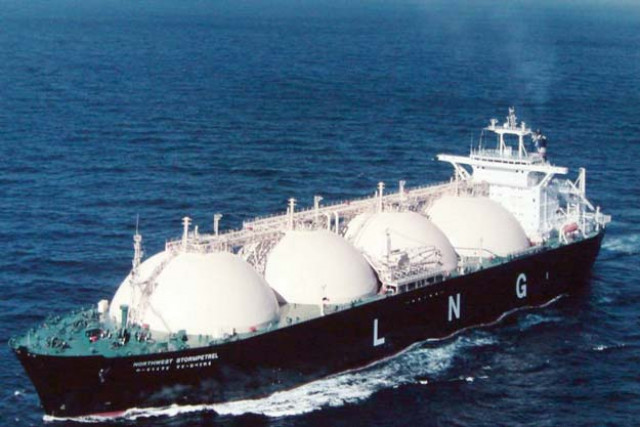
In a meeting held on Thursday, the ECC allowed oil and gas companies to collect margins, technical charges, administrative margins, cost of service, transportation charges and transportation and distribution losses.
However, the Ministry of Petroleum and Natural Resources did not disclose during the ECC deliberations how these charges and distribution losses would be recovered from the end-consumers. The consumers of electricity will bear most of the burden as a big volume of imported LNG will be provided for power generation.
Officials say Pakistan State Oil (PSO) will seek a margin of $1.5 per million British thermal units (mmbtu) and gas distribution companies – Sui Southern Gas Company (SSGC) and Sui Northern Gas Pipelines Limited (SNGPL) – will collect $1.5 per mmbtu as margin and administrative cost. This is in addition to the transportation charges to be paid by consumers for using the pipeline network. The cost of transporting LNG from Qatar and its regasification also amounts to $1.5 per mmbtu.
“In this way, the consumers will be paying around $5 per mmbtu as the cost of receiving LNG,” an official said, adding if the margins and distribution costs were added to the price of LNG, which was imported by the private sector at $8 per mmbtu, the total price would rise to $13. In the international market, the LNG price currently stands at $7 per mmbtu.
Additionally,consumers will have to bear the cost of gas theft and wastage called unaccounted-for-gas (UFG), which is being set at 10.63%, meaning 80 cents per mmbtu.
The government has decided to slap UFG cost equally on bulk consumers such as compressed natural gas (CNG) filling stations, fertiliser producers and independent power producers (IPPs).
However, players in these sectors argue why consumers of other provinces should pay the UFG cost if LNG is used only in Punjab. Terming it unjustified, they say the consumers will pay the cost of gas theft, though they are not consuming it. There are also other flaws in the policy approved by the ECC to regulate LNG prices, officials say.
LNG has been allocated to the IPPs whereas other bulk consumers like CNG and fertiliser sectors have been left at the mercy of state-owned gas companies. These two sectors will receive LNG only when the IPPs refuse to lift the commodity.
Citing an example, industry people say the first LNG shipment was brought to the country using the money provided by the CNG and fertiliser sectors, but the gas was provided to Kot Addu Power Company (Kapco) because of monopoly of gas distribution companies. CNG station owners and fertiliser producers are worried as they have no firm commitment of LNG supply.
As the Oil and Gas Regulatory Authority (Ogra) did not implement the policy guidelines that allowed SSGC and SNGPL to recover the cost of gas theft from honest consumers, the government has now made imported LNG a tool to recover these losses from the consumers.
Published in The Express Tribune, April 11th, 2015.
Like Business on Facebook, follow @TribuneBiz on Twitter to stay informed and join in the conversation.

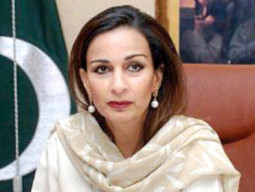



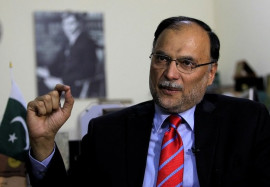



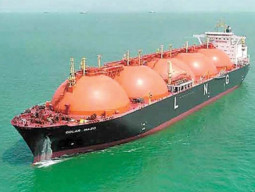

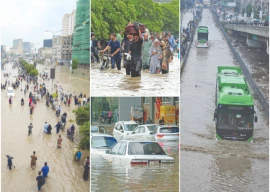







COMMENTS
Comments are moderated and generally will be posted if they are on-topic and not abusive.
For more information, please see our Comments FAQ